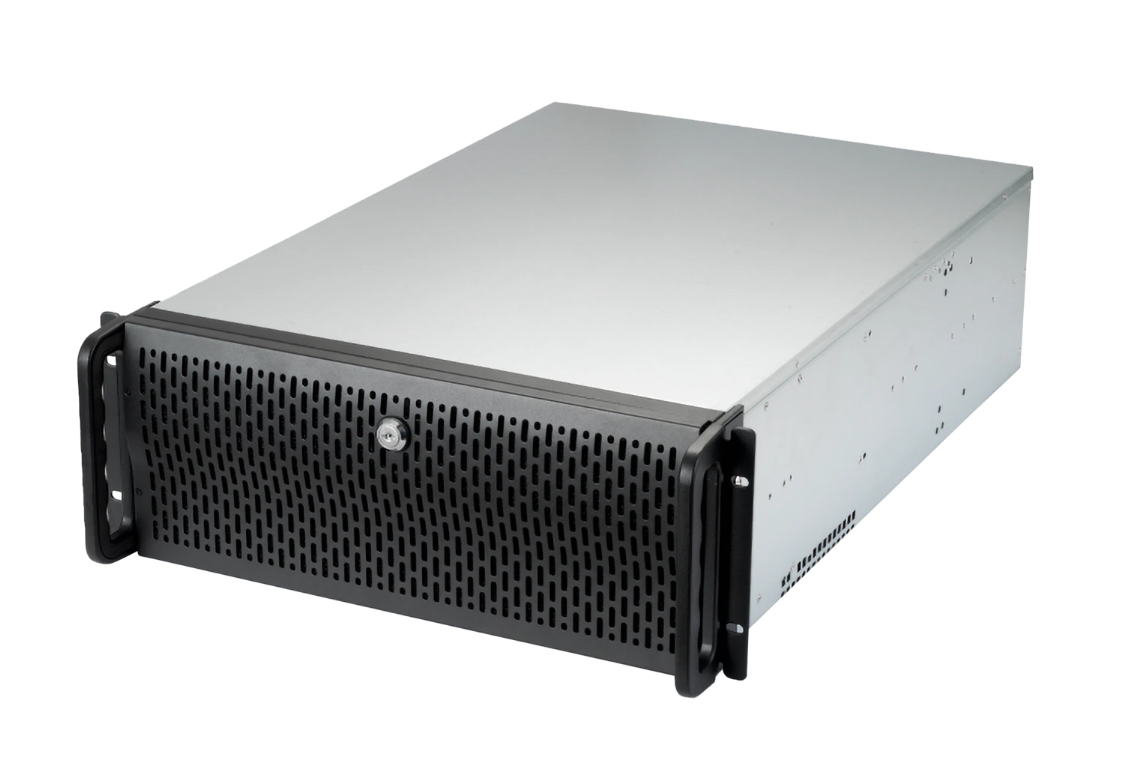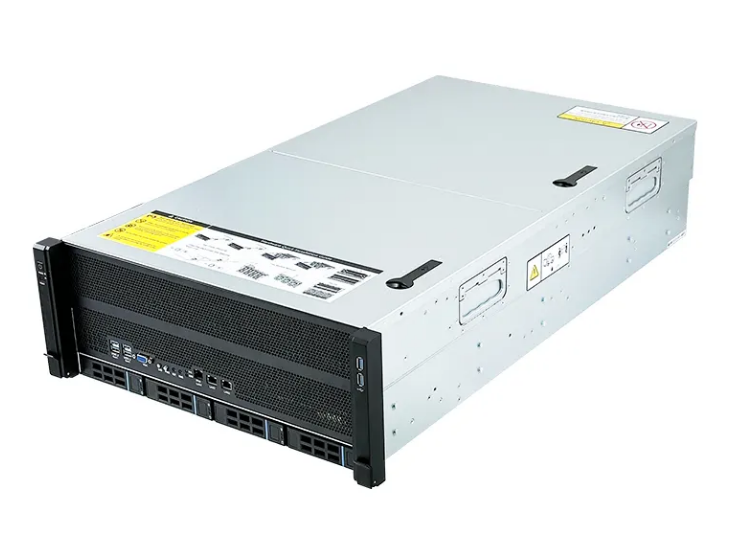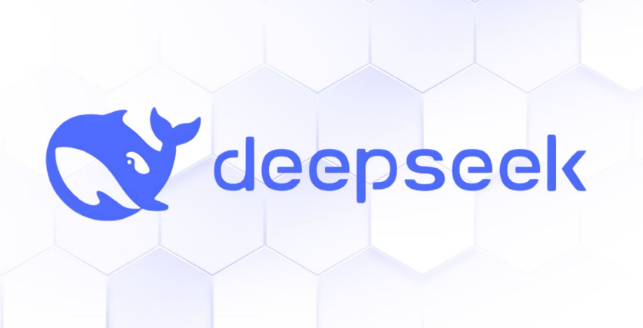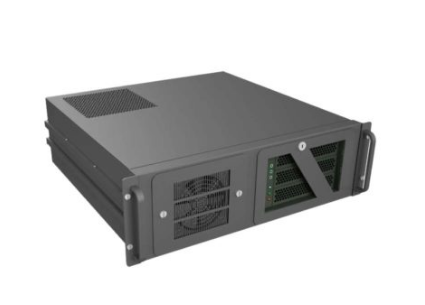The Ultimate Guide to Purchasing Custom Server Chassis: OEM & 1U Rack Solutions
This blog post is the ultimate OEM guide for how to purchase the custom server chassis. This guide provides in-depth knowledge on the process of designing and purchasing these systems. This article is worth reading because it provides a complete guide about building a high-quality server using a custom-designed chassis. The guide is for customer of rackmount servers.
What is a Server Chassis, and Why is it Important?
A server chassis is the physical enclosure that houses all the components of a server, such as the motherboard, processor, memory, storage drives, and power supply. It's essentially the "skeleton" of the server, providing structural support and protection for the delicate internal components. A server chassis solution is important for a rackmount server. Think of it as a specialized case designed for the demanding environment of a data center or server room.
The importance of a well-designed server chassis cannot be overstated. It directly impacts the server's cooling efficiency, expandability, and overall reliability. A poorly designed chassis can lead to overheating, system instability, and even component failure. A well-designed server chassis is crucial for the system, application, and other industrial servers. Please consider contacting us for assistance.
Why Choose a Custom Server Chassis?
Off-the-shelf server chassis solutions may not always meet the specific needs of every application. This is particularly true for businesses with unique storage requirements, demanding workloads, or specialized hardware configurations. Contrary to popular belief, creating a custom server chassis is not always expensive. A custom server chassis allows you to tailor every aspect of the design to perfectly fit your needs. This is a great solution for the server and all the requirements.
A custom server chassis offers several benefits. You gain complete control over the design, allowing you to optimize for specific hardware, cooling, and storage needs. This customization can lead to improved performance, greater efficiency, and better overall system stability. You can create a chassis that perfectly aligns with your brand identity, with custom colors, logos, and other branding elements. Custom solutions are very popular these days.

How Does the Customization Process Work?
The customization process typically begins with a detailed consultation between the customer and the chassis manufacturer (often an OEM or ODM). During this phase, you'll discuss your specific requirements, including the type of server, the intended application, storage needs, cooling considerations, and any desired branding elements. The process usually involves back-and-forth communication and revisions to ensure the final product meets your exact specifications.
Once the design is finalized, the manufacturer will create detailed technical drawings and, in some cases, a prototype for your approval. After you've signed off on the design, the manufacturing process begins. This might involve various techniques like CNC machining, sheet metal fabrication, and powder coating. The final step is thorough testing and quality assurance before the finished server chassis is shipped to you. The design team will guide you through the whole process.
What are the Different Types of Server Chassis Available?
Server chassis come in a variety of form factors, each designed for different applications and server densities. The most common form factors are measured in "U" units, where 1U represents 1.75 inches (44.45 mm) in height. Common sizes include 1U, 2U, 3U, and 4U, with larger sizes offering more space for components and expansion. The range of chassis can provide you the solution for your server.
1U Server Chassis: These are slim and compact, ideal for applications where space is at a premium, such as web servers and rackmount deployments in dense data centers.
2U Server Chassis: Offering a balance between size and expandability, 2U chassis are commonly used for general-purpose servers, database servers, and application servers.
4u Server Chassis: These largest ones are able to store even more data.
Rackmount Chassis: Designed to be mounted in a standard server rack, these chassis come in various U sizes and are the most common type used in data centers.
What are the Key Features to Consider in a Rackmount Chassis?
When choosing a rackmount chassis, several key features need careful consideration. You will need to think about all the features. Cooling: Effective cooling is crucial for server reliability. Look for chassis with well-designed airflow patterns, multiple fan mounts, and support for liquid cooling if necessary. The server can be available on line or available to purchase in stores.
Storage: Determine the number and type of hard drives or SSDs you need, and ensure the chassis has enough drive bays and supports the appropriate interfaces (SATA, SAS, NVMe). Expandability: Consider future growth and choose a chassis with enough PCI-e slots, memory slots, and other expansion options to accommodate your evolving needs. Power Supply: Select a power supply unit (PSU) that is powerful enough to handle all your components and offers redundancy (dual PSUs) for critical applications. All the components in the chassis are important.
How Can OEM/ODM Services Help with Chassis Design?
OEM (Original Equipment Manufacturer) and ODM (Original Design Manufacturer) services play a crucial role in the custom server chassis market. OEMs typically manufacture products based on a customer's existing design, while ODMs offer both design and manufacturing services. Working with an OEM or ODM can significantly simplify the process of creating a custom server chassis.
These companies have the experience, expertise, and manufacturing capabilities to bring your design to life. They can help you optimize the design for manufacturability, cost-effectiveness, and performance. ODMs, in particular, can offer valuable product design input, leveraging their years of experience to create a chassis that meets your specific needs and industry standards. The design team will help you.
What is the Role of Industrial Design in Server Chassis?
Industrial design goes beyond just the aesthetics of a server chassis. It encompasses the overall user experience, functionality, and ergonomics. A well-designed industrial chassis is not only visually appealing but also easy to service, maintain, and operate. This is important in a server and chassis. It's critical to have industrial design for your server.
Industrial design considerations include the placement of ports and connectors, the ease of accessing internal components, the labeling and identification of parts, and the overall system of cable management. Good industrial design can significantly reduce downtime, simplify maintenance tasks, and improve the overall efficiency of managing your servers. The design team works with industrial design.
How to Ensure Quality and Reliability in Your Server Chassis?
Quality and reliability are paramount when it comes to server chassis. A failure can lead to significant downtime, data loss, and financial consequences. To ensure quality, start by choosing a reputable chassis-oem or manufacturer with a proven track record and certifications. The quality is important for your server.
Thoroughly review the design specifications and materials used. Look for high-quality materials, robust construction, and attention to detail. Insist on rigorous testing and quality control procedures throughout the manufacturing process. Consider features like redundant power supplies, hot-swappable components, and robust cooling systems to enhance reliability. Always ensure that the server meets the standards you set.
What makes a design team good?
A good design team is a group of experts who can help design the server chassis. They can provide different solutions to problems. The team must be experts in different areas. All team members are happy to provide different customization for the server. The team must follow industry best practices and provide value to the product.
A good design team must have members with experience in custom manufacturing and building different products. The design team must follow the project very closely and make all necessary changes. The design team must have experience in creating different types of servers.
How Long does the Complete Building and Customization Process take?
This will depend on the company, service, and requirements for the server. It may take a month, a year, or even longer. This is due to different factors such as customization, design, and materials. Complex products take a longer time. A custom server with many requirements might also take long.
The complete process of building and customization for different servers takes different times. This process also depends on whether new material is needed or not. Also, it depends on whether the product is complex or not. It depends on many factors. This is why it is hard to determine the exact duration.
Summary:
Server Chassis Importance: It is the foundation of your server, impacting cooling, expandability, and reliability.
Customization Benefits: Tailor your chassis to your specific needs, optimizing performance, efficiency, and branding.
Customization Process: Involves consultation, design, prototyping, manufacturing, and testing.
Chassis Types: 1U, 2U, 4U, and other form factors cater to different server densities and applications.
Key Features: Cooling, storage, expandability, and power supply are crucial considerations.
OEM/ODM Services: Simplify the process by leveraging their design and manufacturing expertise.
Industrial Design: Focuses on usability, functionality, and ergonomics, improving the overall user experience.
Quality and Reliability: Choose a reputable manufacturer, review specifications, and insist on rigorous testing.
Design Team: A team of experts who can provide different solutions for your server.
Time: Building time depends on multiple factors.
Copyright © 2025 [ONECHASSIS Co ., Ltd] All rights reserved.

 Deploying DeepSeek Locally: Your Ultimate Hardware Guide
Deploying DeepSeek Locally: Your Ultimate Hardware Guide
 A Comprehensive Guide to DeepSeek and GPU Server Localization Deployment
A Comprehensive Guide to DeepSeek and GPU Server Localization Deployment
 The Ultimate Guide to Purchasing Custom Server Chassis: OEM & 1U Rack Solutions
The Ultimate Guide to Purchasing Custom Server Chassis: OEM & 1U Rack Solutions

